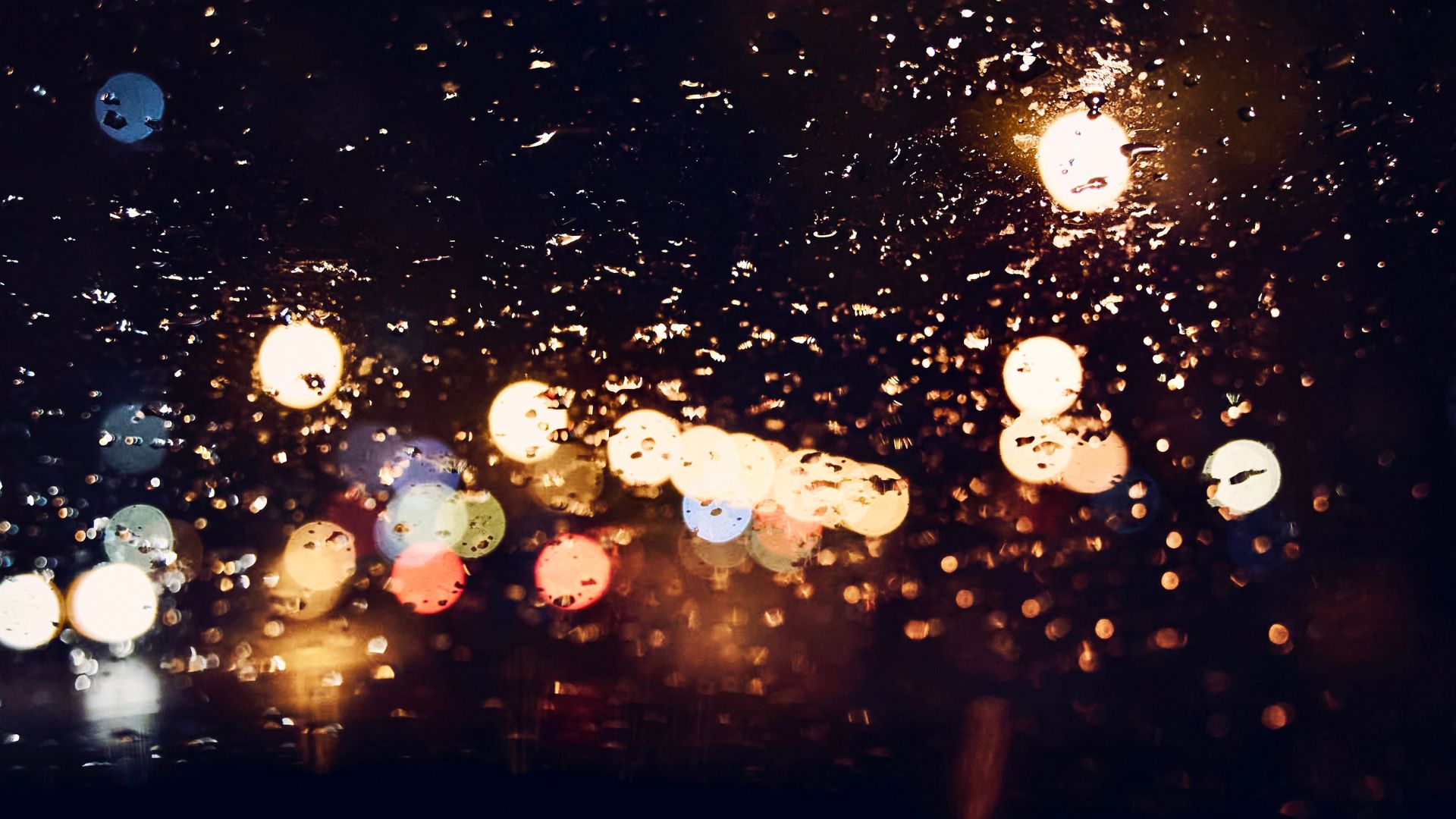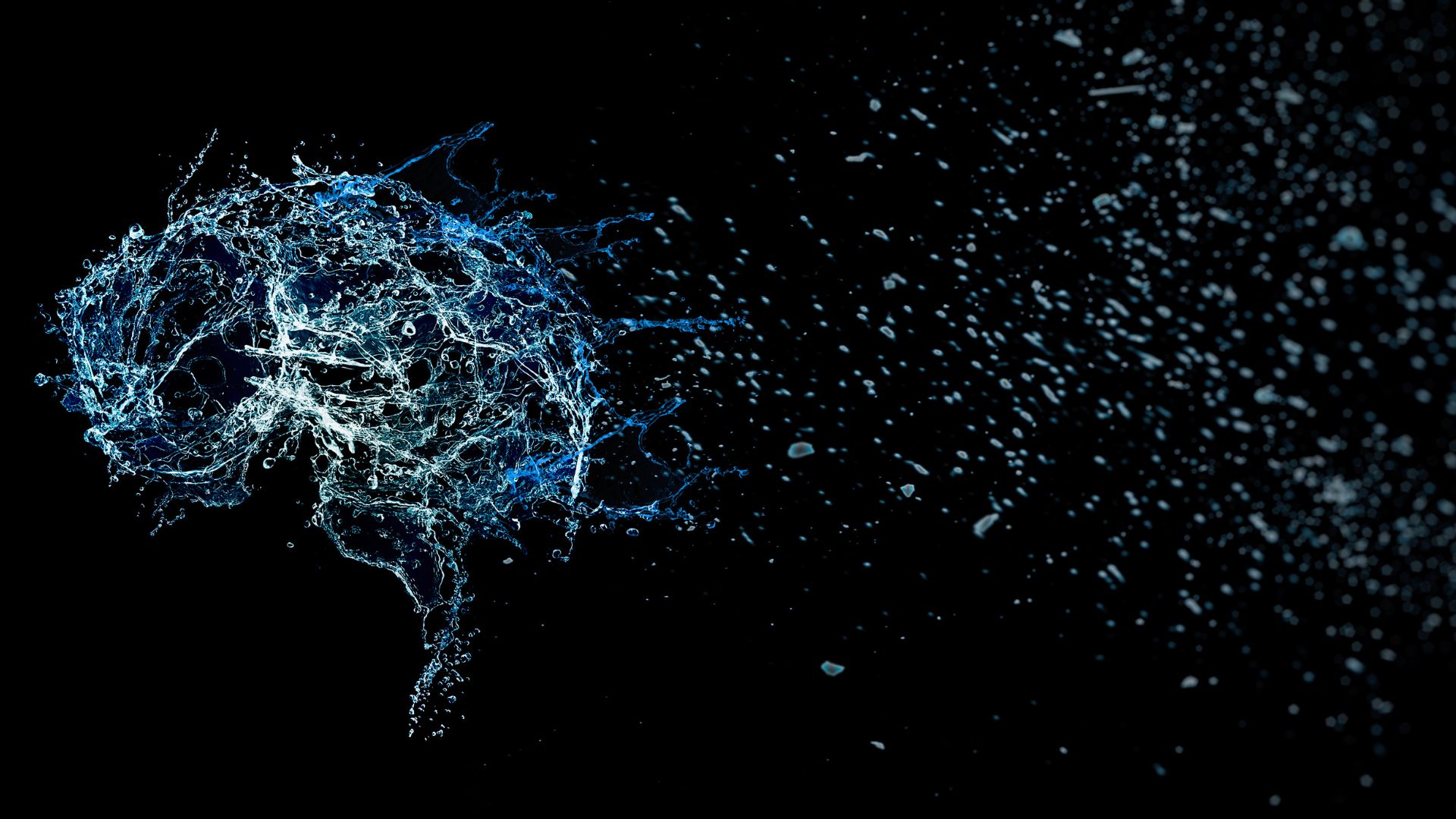In the world of electrical engineering and electronics, the safety and protection of devices are paramount. Whether it’s a smartphone, an industrial control panel, or an outdoor lighting fixture, each piece of equipment must be shielded from external elements that could compromise its functionality and longevity. This is where IP Ratings, or Ingress Protection Ratings, come into play.
What is an IP Rating?
An IP Rating is a standardized way to measure the effectiveness of an enclosure’s protection against the intrusion of foreign bodies such as dust, moisture, and accidental contact. Governed by the international standard EN 60529 (British BS EN 60529:1992 and European IEC 60509:1989), IP ratings provide a clear and concise indication of an enclosure’s resistance to solids and liquids.
The rating system consists of the letters “IP” followed by two digits. The first digit signifies the level of protection against solid objects, ranging from large body parts to fine dust particles. The second digit, on the other hand, indicates the enclosure’s defense against various forms of moisture, from light drips to complete submersion.
Understanding IP ratings is crucial for selecting the appropriate enclosure for a specific application, ensuring the safety and reliability of electrical and electronic devices. In this guide, we will delve into the details of IP ratings, explaining what each digit represents and how to interpret them for practical use.
What do the two digits in an IP Rating mean?
An IP Rating, short for Ingress Protection Rating, consists of the letters “IP” followed by two digits. These digits indicate the level of protection an enclosure provides against solids (first digit) and liquids (second digit). A higher number signifies better protection. An “X” in place of a digit means that there is no rating for that particular aspect. For example, IPX6 indicates protection against powerful water jets but no specific rating for solid ingress, while IP6X denotes complete protection against dust but no rating for water ingress.
First Digit: Protection Against Solids
| Level | Size Protected Against | Description |
|---|---|---|
| X | — | No data available for solid protection. |
| 0 | — | No protection against contact and ingress of objects. |
| 1 | > 50 mm | Protection against large body parts like the back of a hand. |
| 2 | > 12.5 mm | Protection against fingers or similar objects. |
| 3 | > 2.5 mm | Protection against tools, thick wires, etc. |
| 4 | > 1 mm | Protection against most wires, slender screws, large ants, etc. |
| 5 | Dust protected | Limited ingress of dust permitted, not enough to interfere with satisfactory operation. |
| 6 | Dust tight | Complete protection against dust ingress. |
Second Digit: Protection Against Liquids
| Level | Protection Against | Effective Against | Details |
|---|---|---|---|
| X | — | — | No data available for liquid protection. |
| 0 | None | — | No protection against ingress of water. |
| 1 | Dripping water | Vertically falling drops | No harmful effect with enclosure upright. |
| 2 | Dripping water when tilted | Vertically dripping water at 15° tilt | No harmful effect at any tilt up to 15°. |
| 3 | Spraying water | Water spray up to 60° from vertical | No harmful effect against spray. |
| 4 | Splashing of water | Water splashing from any direction | No harmful effect against splashes. |
| 5 | Water jets | Water projected from a nozzle | No harmful effects from water jets. |
| 6 | Powerful water jets | Water projected in powerful jets | No harmful effects from powerful jets. |
| 6K | Increased pressure jets | Powerful jets with increased pressure | No harmful effects from high-pressure jets. |
| 7 | Immersion up to 1m | Immersion up to 1 meter depth | No ingress of water in harmful quantity. |
| 8 | Immersion beyond 1m | Immersion beyond 1 meter depth | Suitable for continuous immersion. |
| 9K | High-temperature water jets | Close-range, high-pressure, high-temp jets | Protected against high-pressure, high-temp jets. |
IP65? = Third Digit – Supplementary Information
The third digit in an IP Rating is not a standard part of the IP code according to the IEC 60529 standard, which only includes the two digits after “IP” to denote protection against solids and liquids. Sometimes, however, you may see an additional letter or digit at the end of the IP code. This is not officially part of the IP rating, but it can provide supplementary information about the product’s protection. For example, in some standards, a third digit might indicate protection against mechanical impacts.
What is the difference between IP55 and IPW55 protection?
- IP55: Limited protection from dust and low-pressure water jets from any direction.
- IP55W: Similar to IP55 but includes protection against damp and wet weather conditions such as condensation, rain, and humidity.
What is the difference between IP23 and IP23S?
- IP23: Protection against solid objects over 12.5 mm and water spray less than 60 degrees from vertical.
- IP23S (“S” stands for “Device standing still”): The device is stationary during the water test, suggesting less stringent testing criteria compared to IP23.
What does the “D” mean in IP23D?
- IP23D: The “D” indicates protection against a wire touching hazardous parts inside the enclosure.
What does the “B” mean in IP43B?
- IP43B: The “B” signifies protection against access to hazardous parts with a finger.
IP rating for outdoor use:
- IP ratings between 44 and 65 are suitable for both indoor and general outdoor use.
- IP ratings lower than IP44 are recommended for indoor use only.
| Letter | Meaning |
|---|---|
| D | Protection against access with a wire |
| F | Protection against oil |
| H | High voltage device protection |
| M | Device moving during water test |
| S | Device standing still during water test |
| W | Weather protections (not officially part of IEC 60529) |
IP Rating Charts:
| First Digit | Mechanical Protection | Second Digit | Water Ingress Protection |
|---|---|---|---|
| 0 | No protection | 0 | No protection |
| 1 | Protected against solid objects >50mm | 1 | Protected against vertically falling drops of water |
| 2 | Protected against solid objects >12.5mm | 2 | Protected against direct sprays up to 15° from vertical |
| 3 | Protected against solid objects >2.5mm | 3 | Protected against direct sprays up to 60° from vertical |
| 4 | Protected against solid objects >1mm | 4 | Protected against water splashed from all directions |
| 5 | Dust protected | 5 | Protected against low-pressure jets from all directions |
| 6 | Dust tight | 6 | Protected against strong jets of water |
Note: The table continues with higher IP ratings up to IP69K, following the same pattern of increasing protection levels.
Weatherproof & Waterproof IP Ratings:
- A “waterproof” or “weatherproof” IP rating typically refers to IP65 and above, which offer protection against water jets and immersion.
- For example, iPhone 13 models have an IP68 rating, indicating protection against dust and long-term immersion under pressure.
Is IP68 Rating Fully Submersible?
The IP68 rating indicates a high level of protection, providing total protection against dust ingress and immersion in water. It is commonly understood to mean that the device can withstand depths of at least 1 meter, but the exact conditions, such as depth and duration of immersion, are often determined by the manufacturer. Therefore, while IP68 is often associated with being “fully submersible,” the specifics can vary, and it is important to refer to the manufacturer’s specifications for precise details.
IP67 vs. IP68 Rating: Understanding the Difference
Both IP67 and IP68 ratings offer protection from total dust ingress and immersion in water, but there are key differences:
- IP67: Rated for protection against immersion in water up to a depth of 1 meter for up to 30 minutes.
- IP68: Offers a higher level of water protection, typically allowing for immersion beyond 1 meter. The exact conditions (depth and duration) are specified by the manufacturer.
It’s crucial to note that while IP68 provides a higher level of water protection, neither rating guarantees indefinite submersion without potential damage.
IP69K: The Highest Level of Protection
The IP69K rating is designed for environments with high-pressure, high-temperature washdowns, such as those found in the food and beverage processing industry. This rating ensures complete protection against dust ingress and water jets at high temperatures and pressures, making it ideal for equipment that requires rigorous cleaning.
Why is IP Rating Important for Steet Lights and Traffic Singal Systems?
IP (Ingress Protection) ratings are crucial for street lights and traffic signal systems for several reasons:
- Weather Protection: Street lights and traffic signals are exposed to various weather conditions, including rain, snow, and extreme temperatures. A suitable IP rating ensures that these devices are protected against water ingress, which could lead to short circuits or other malfunctions.
- Dust and Debris Resistance: In urban and rural environments, dust, dirt, and debris can accumulate on outdoor lighting and traffic signals. An appropriate IP rating guarantees that these devices are sealed against the ingress of solid particles, maintaining their functionality and visibility.
- Durability and Longevity: With adequate IP protection, street lights and traffic signals are less likely to suffer from corrosion or damage caused by environmental factors. This results in lower maintenance costs and a longer lifespan for the equipment.
- Safety: Properly protected street lights and traffic signals are crucial for public safety. They provide illumination for pedestrians and drivers, and ensure that traffic flows smoothly and safely. An IP rating that guarantees protection against external influences helps ensure that these systems remain operational and effective.
- Regulatory Compliance: In many regions, there are regulations and standards that require street lights and traffic signals to have specific IP ratings to ensure their reliability and safety.
Conclusion
IP Ratings play a crucial role in the world of electrical engineering and electronics, providing a standardized measure of protection for electrical enclosures against the intrusion of foreign bodies such as dust and moisture. From safeguarding industrial control panels to ensuring the longevity of outdoor lighting fixtures, understanding and selecting the appropriate IP rating is essential for the safety and reliability of electrical and electronic devices.
The IP rating system, governed by international standards like EN 60529, offers a clear and concise indication of an enclosure’s resistance to solids and liquids, with the first digit representing protection against solids and the second digit indicating protection against liquids. Whether it’s the dust-tight assurance of IP6X or the immersion protection of IPX8, each rating provides valuable information for choosing the right enclosure for specific applications.
References
- Ingress Protection (IP) ratings” – International Electrotechnical Commission (IEC). IEC IP Ratings
- “IP code” – Wikipedia. Wikipedia: IP Code
- “IP ratings and standards explained” – Rainford Solutions. Rainford Solutions: IP Ratings and Standards Explained
- “IP Ratings Explained – know your enclosure Ingress Protection ratings” – Enclosure Company. Enclosure Company: IP Ratings Explained
- “IP Ratings Explained | Ingress Protection Rating | IP Codes | Updated 2022” – Clarion UK. Clarion UK: IP Ratings Explained
- “IP Rating Chart” – DSM&T. DSM&T: IP Rating Chart
- “IP RATING CHART” – Isolite. Isolite: IP Rating Chart (PDF)
- “What do IP code and Ingress Protection rating mean to actuators” – LINAK. LINAK: Ingress Protection Explained
- “A Comprehensive Guide: How to Choose the Best IP Rating for Your Production Environment” – Viking Masek. Viking Masek: Choosing the Best IP Rating
- “IP ratings: Meaning and how they affect a product’s durability” – NBC News. NBC News: What Are IP Ratings?



